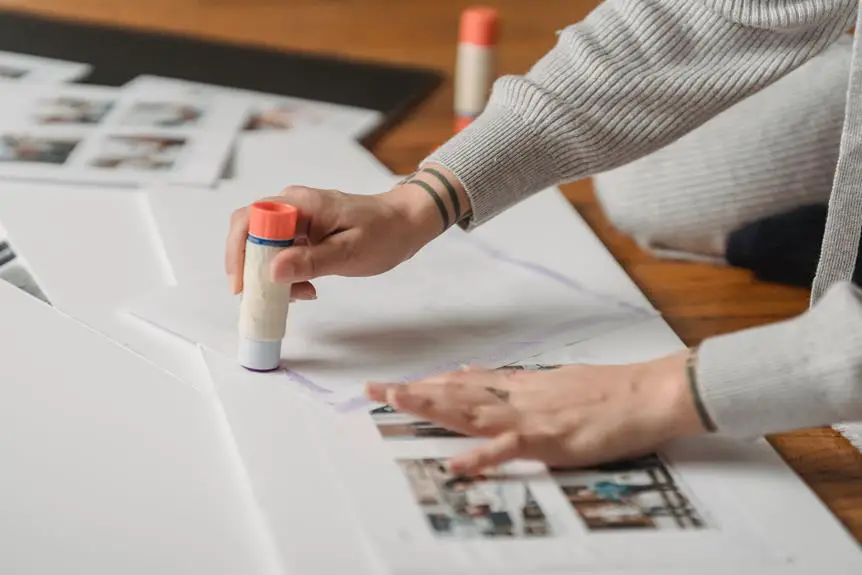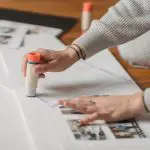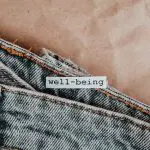Looking to tackle those stubborn fabric adhesive problems? Can super glue be the ultimate solution you've been searching for?
In this guide, you'll learn about the effectiveness of super glue on various fabric issues and how to use it like a pro.
Whether it's a torn seam, a loose hem, or a fabric-to-fabric bond that needs fixing, you'll uncover the secrets to mastering the art of using super glue on fabric.
Get ready to elevate your adhesive game and conquer those fabric challenges with confidence.
Key Takeaways
- Start by identifying the specific fabric issues you're facing.
- Research and select the most suitable adhesive or repair method based on the type of fabric and adhesive used.
- Always test any solution on a small, inconspicuous area first to avoid potential damage.
- Super glue can fix fabric tears, reattach detached seams, and secure loose upholstery fabric to furniture frames.
Understanding Fabric Adhesive Problems
When dealing with fabric adhesive problems, start by identifying the specific issues you're facing. Understanding fabric damage is crucial in determining the appropriate repair method.
Common fabric repairs include fixing seams, tears, or holes, and addressing adhesive stains. It's essential to assess the type of fabric involved, as different materials may require different solutions. For instance, delicate fabrics like silk or satin may need a gentler approach compared to sturdy denim or canvas.
Identifying the adhesive used is also important, as some adhesives may react differently to various fabrics. Once you've pinpointed the specific problem and fabric type, you can then research and select the most suitable adhesive or repair method.
Always test any solution on a small, inconspicuous area of the fabric first to ensure that it won't cause further damage. By understanding fabric damage and common fabric repairs, you can confidently tackle fabric adhesive problems with the right knowledge and techniques.
How Super Glue Works on Fabric
Super glue bonds quickly and strongly to fabric, providing a durable and long-lasting adhesive solution for various fabric repairs.
When applying super glue to fabric, it's important to use just a small amount, as a little goes a long way. Start by applying a thin, even layer of super glue to one of the fabric surfaces that you want to bond together.
Press the two fabric surfaces firmly together, ensuring that the glue makes full contact with the fabric. Hold the fabrics together for a few moments to allow the glue to set.
Super glue works by creating a strong bond through a process called polymerization, where the molecules in the glue react with the fabric to form chains, effectively welding the surfaces together. This results in a powerful and long-lasting bond that can withstand the rigors of regular use.
When using super glue on fabric, it's essential to work quickly and carefully to avoid getting glue on unintended areas. Additionally, it's crucial to follow the manufacturer's recommendations for best results in fabric bonding.
Types of Fabric Issues Super Glue Can Fix
To fix fabric issues such as tears, rips, or detached seams, super glue can provide a quick and reliable solution. Whether it's mending a torn upholstery or repairing a ripped garment, super glue can be a versatile tool for fabric repairs. Here are some common fabric issues that super glue can effectively fix:
| Fabric Issue | Super Glue Solution | Benefits |
|---|---|---|
| Fabric Tears | Apply a small amount of super glue along the tear and press the fabric together for a strong, durable bond. | Quick and long-lasting repair for tears in fabric. |
| Detached Seams | Dab a small amount of super glue along the detached seam and press the fabric together to reattach the seam securely. | Provides a fast and sturdy fix for detached seams. |
| Upholstery Repairs | Super glue can be used to reattach loose upholstery fabric to the furniture frame, ensuring a firm and lasting bond. | Ideal for securing loose upholstery without the need for stitching. |
These are just a few examples of how super glue can effectively address fabric tears, upholstery repairs, and other common fabric issues, making it a valuable tool for quick and reliable fabric repairs.
Tips for Using Super Glue on Fabric
When using super glue on fabric, carefully ensuring the surfaces are clean and free of any oils or residues is essential for achieving a strong bond. Before applying the super glue, gently clean the fabric with a mild detergent to remove any dirt or grime. Once the fabric is clean and dry, test a small amount of super glue on a hidden area to ensure it doesn't cause discoloration or damage. When applying the super glue, use it sparingly to avoid saturating the fabric, and apply pressure to the bonded areas for a few minutes to ensure a secure hold.
For delicate fabrics, such as silk or lace, consider using a specialized fabric glue designed to bond without causing damage. Additionally, when repairing fabric seams or tears, consider using a fabric patch to reinforce the area before applying super glue for added strength.
Remember to work in a well-ventilated area and consider wearing gloves to protect your skin from accidental bonding. Following these fabric bonding and repair techniques will help you achieve successful results when using super glue on fabric.
Precautions When Using Super Glue on Fabric
Before applying super glue on fabric, ensuring the surrounding area is well-ventilated is crucial for your safety. Super glue emits fumes that can be harmful when inhaled, so proper ventilation is essential to prevent any adverse health effects.
When using super glue on fabric, take the following precautions:
- Fabric Compatibility
- Always check the fabric type and ensure it's compatible with super glue. Some delicate fabrics may be damaged by the adhesive, so it's important to test a small, inconspicuous area first.
- Consider using fabric-specific adhesives for materials like leather, suede, or stretchy fabrics, as they may offer better compatibility and flexibility.
- Application Techniques
- Protect your skin by wearing gloves when handling super glue to prevent accidental contact.
- Apply the glue sparingly and precisely to avoid excessive seepage and staining on the fabric.
Frequently Asked Questions
What Are the Potential Long-Term Effects of Using Super Glue on Fabric?
Using super glue on fabric can have potential risks and long-term damage. Adverse effects may include health concerns such as skin irritation and inhalation risks. It's important to consider the potential consequences before using it.
Can Super Glue Be Used to Repair Delicate or Intricate Fabric Items, Such as Lace or Beaded Garments?
Yes, super glue can be used to repair delicate or intricate fabric items such as lace or beaded garments. It provides a strong and quick bond, making it suitable for fabric repair, especially for intricate fabric items.
Are There Any Fabric Materials That Super Glue Should Not Be Used On?
Some fabric types, like delicate lace or beaded garments, require caution when using super glue. It's not suited for materials that can be damaged by the adhesive or for items that need flexibility.
Is There a Way to Remove Super Glue From Fabric if It's Been Applied Incorrectly?
If super glue has been mistakenly applied to fabric, you can try removing it by soaking the affected area in acetone or using a commercial adhesive remover. Gently dab and repeat until the glue is dissolved.
Are There Any Potential Health Risks Associated With Using Super Glue on Fabric, Such as Inhaling Fumes or Skin Irritation?
When using super glue on fabric, be aware of potential health risks like inhaling fumes or skin irritation. Proper ventilation and protective gear can help. Always read and follow the safety instructions on the product label for fabric application.
- Ramie vs. Linen: Comparing Two Bast Fiber Breathability Stars - June 5, 2025
- Ramie vs. Linen: Comparing Two Bast Fiber Breathability Stars - June 5, 2025
- Ramie vs. Linen: Comparing Two Bast Fiber Breathability Stars - June 5, 2025







